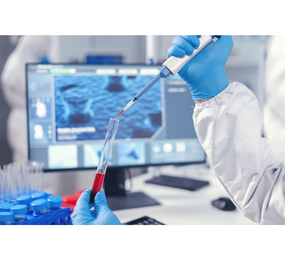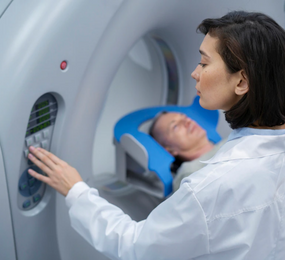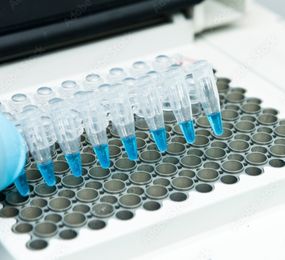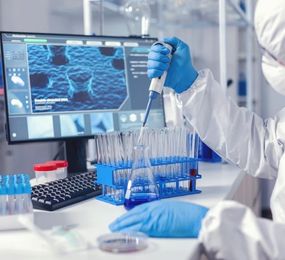With robust and sizable pipelines, the global biopharmaceutical industry is expanding significantly, and the market for biologics is anticipated to reach USD 450 billion by 2025. The biopharmaceutical industry, however, still has a lot of obstacles to overcome. The need to bring products to market more quickly and cheaply in conformity with globalisation, GMP specifications, and pricing pressure is one example of such a difficulty. Because of this, single-use technology (SUT) has become a crucial tool for biopharmaceutical businesses to capitalise on cost-saving opportunities and accelerated time to market.
Single-use technology (SUT) describes goods or services that are designed to be used just once. These items are typically disposable after use and made of plastic (polyamide, polycarbonate, polyethylene, polyethersulfone, polypropylene, polytetrafl urethylane, polyvinyl chloride, cellulose acetate, ethylene vinyl acetate). By using such SUT, biopharmaceutical manufacturers can do away with the necessity for sterile equipment and consumables that must be recycled or represent a risk when transferred into clean rooms. SUT has developed into a mature technology, and numerous global pharmaceutical and biotech companies have accumulated extensive experience in both API manufacture and the fill-finish phase for drug substance or drug products.
Single-use systems minimise the sterilisation and cleaning processes and reduce installation and support systems since they need less instrumentation and utilities. This advantage allows a manufacturer to buy greater capacity on a tight budget, but it also affects variable costs because stainless steel requires a significantly larger initial investment that must be amortised over time. Therefore, it is possible to attribute the low initial investment cost to a reduction in variable costs, which eventually favours the usage of single-use systems.
The market is moving toward a more widespread adoption of single-use equipment. The pre-commercial, or small- to mid-scale R&D and trials supply manufacture is currently dominated by single-use equipment, particularly for upstream manufacture (ex. bioreactors), whereas fixed stainless steel equipment continues to dominate commercial-scale manufacturing. As these systems are used in commercial manufacturing, the sector expects remarkable revenue growth. The industry is also hopeful to see changes in the future with further research into adopting hybrid systems (i.e., a blend of single-use and stainless steel technology).
Finding a combination solution to employ both of these technologies in the most productive and economical manner in a quick and predictable manner is essential. According to each biopharmaceutical demand, feasibility studies and strategic considerations will determine whether to use a single technology or a combination of both. Therefore, it is anticipated that in the future, biopharma manufacturing facilities would increasingly use entire single-use systems and hybrid systems.
SUT is projected to be utilised outside of the biopharmaceutical industry (food, cosmetics, etc.) and animal cell culture (microorganisms, plant cell and tissue cultures, algae) in the not too distant future.
Want to find out more? Join industry experts on March 28–29, 2023 at the Steigenberger Airport Hotel, Berlin, Germany as they discuss Single-use technologies.
To register or learn more about the Forum please check here: https://bit.ly/3zxguXW.
For more information and group participation, contact us: [email protected]
















